Colorful Crowned Cranes: Africa’s Amazing Dancing Birds
Meet the Crowned Crane
With their golden feathered crowns and graceful dance displays, Crowned Cranes are among Africa’s most enchanting birds. Found across wetlands and grasslands, these elegant birds combine beauty, history, and cultural importance, making them one of the continent’s most iconic treasures.
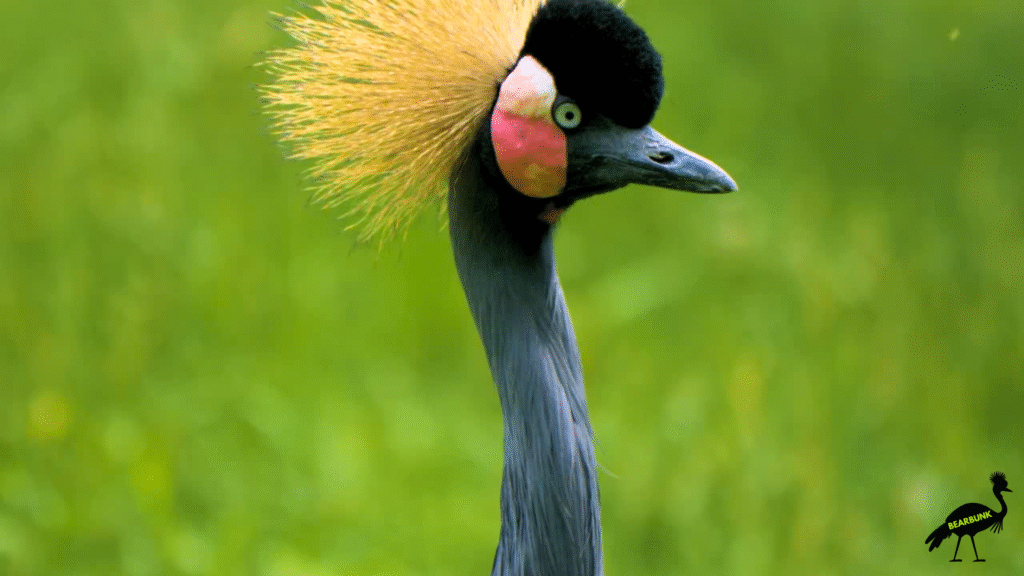
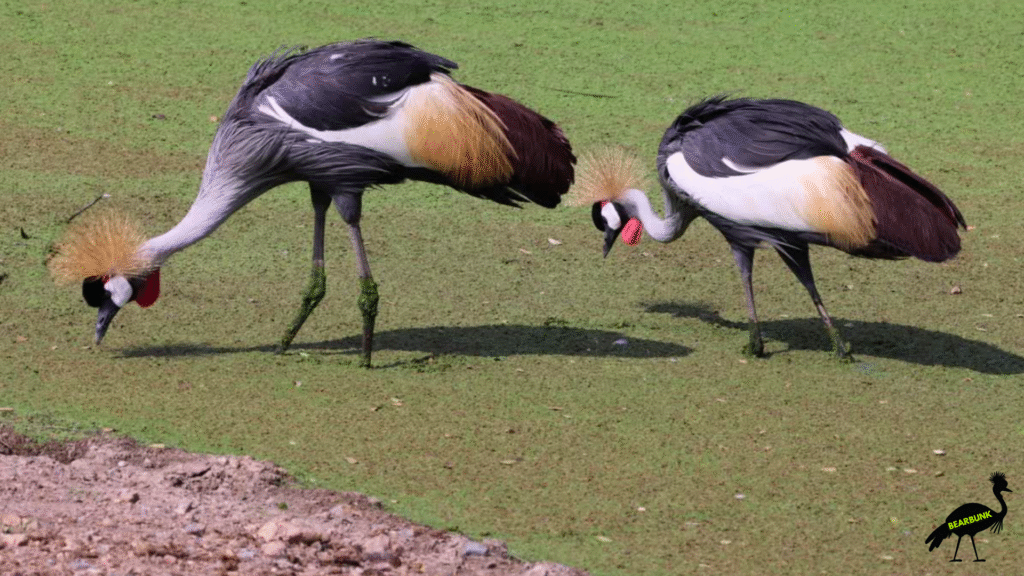
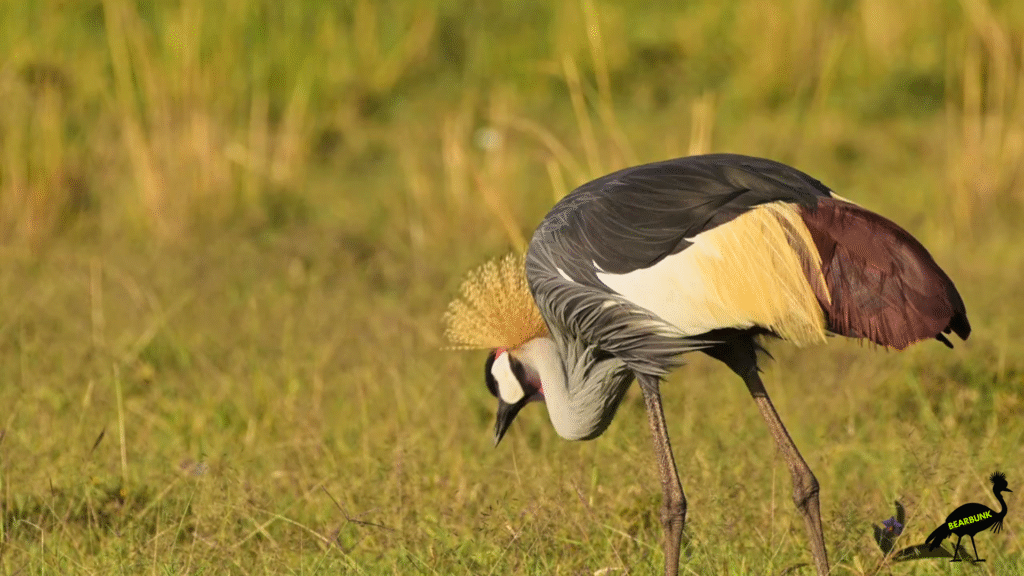
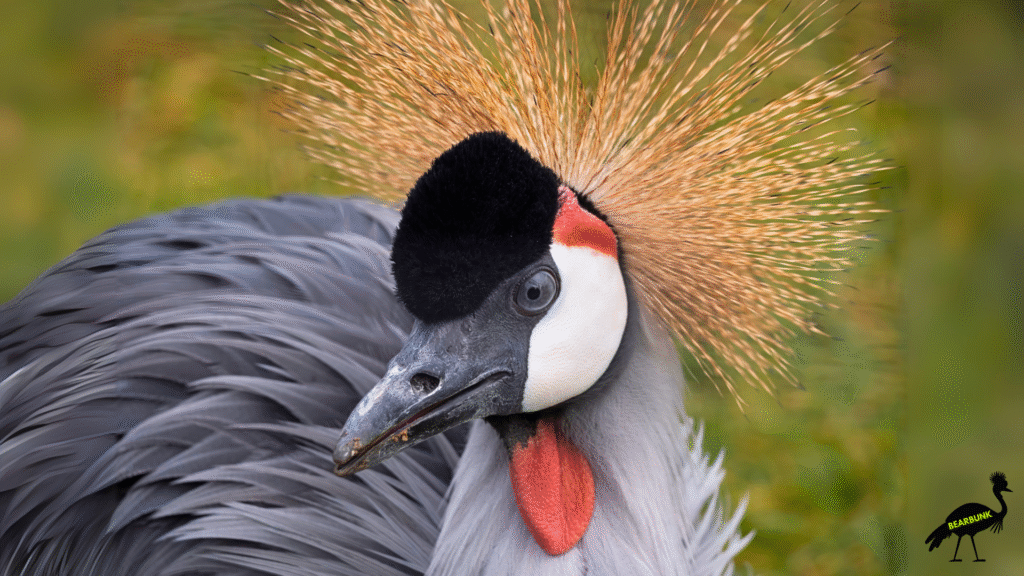
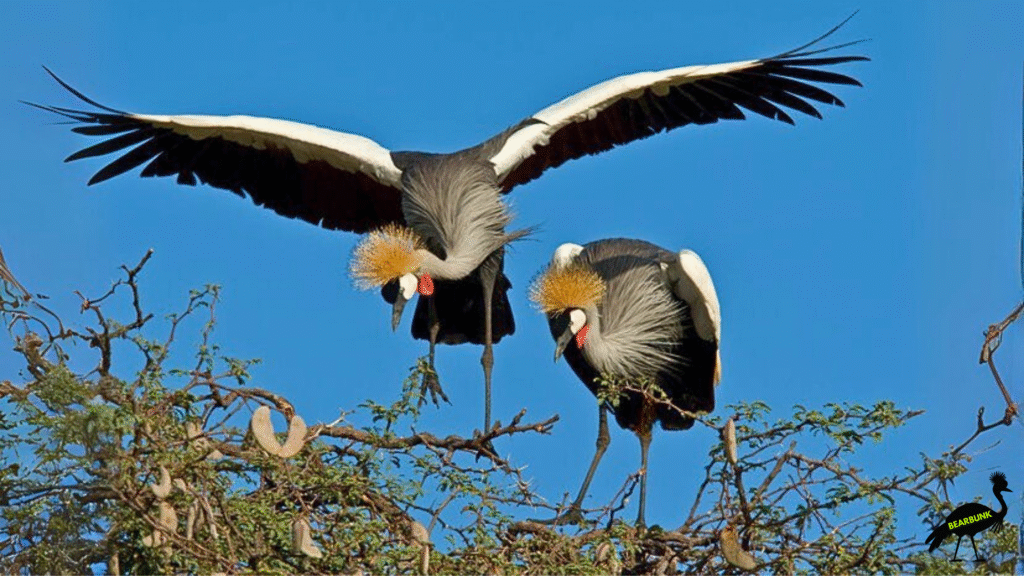
Crowned Crane Species
There are two species of Crowned Cranes in Africa, both instantly recognizable by their golden feathered crowns. The Grey Crowned Crane lives in the eastern and southern regions, while the Black Crowned Crane is found in the west and central areas.
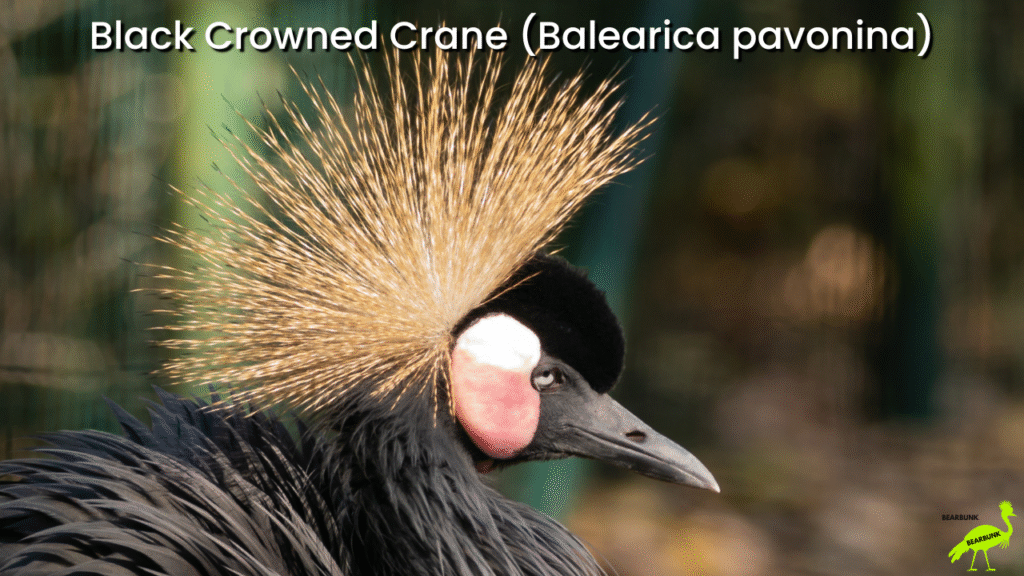
Black Crowned Crane
Balearica Pavonina
Native to western and central Africa, darker plumage with the same golden crown feathers.
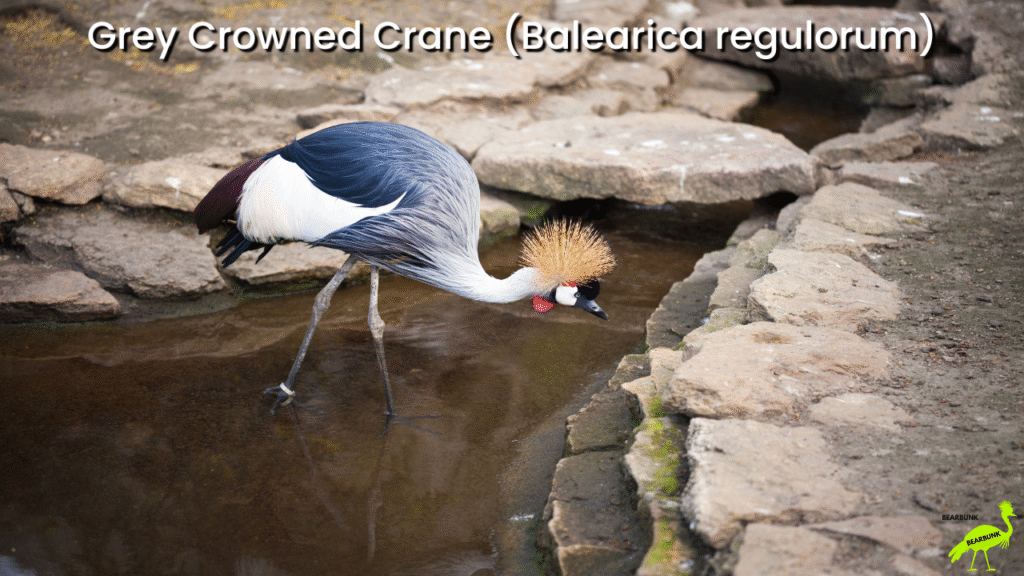
Grey Crowned Crane
Balearica Regulorum
Balearica regulorum
Found in eastern and southern Africa, featuring grey body plumage with golden crown.
Habitat
Crowned Cranes live in wetlands, grasslands, and marshes, often near rivers and lakes. Unlike other cranes, they can also be found roosting in trees — a rare behavior made possible by their long hind toe, which helps them grip branches securely.
Diet
These birds are omnivores, feeding on seeds, grasses, and grains along with insects, frogs, lizards, and small fish. Their varied diet helps them adapt to shifting seasons and wetland ecosystems.
Share On Social:
Mating & Raising Young
Crowned Cranes often mate for life and are famous for their courtship dances, which involve leaping, bowing, head tossing, and wing spreading. Nests are built near water, sometimes as floating reed platforms. They usually lay 2–5 eggs, with both parents taking turns incubating for about 30 days. Chicks hatch covered in soft down and are able to walk within hours, quickly learning to follow and mimic their parents.







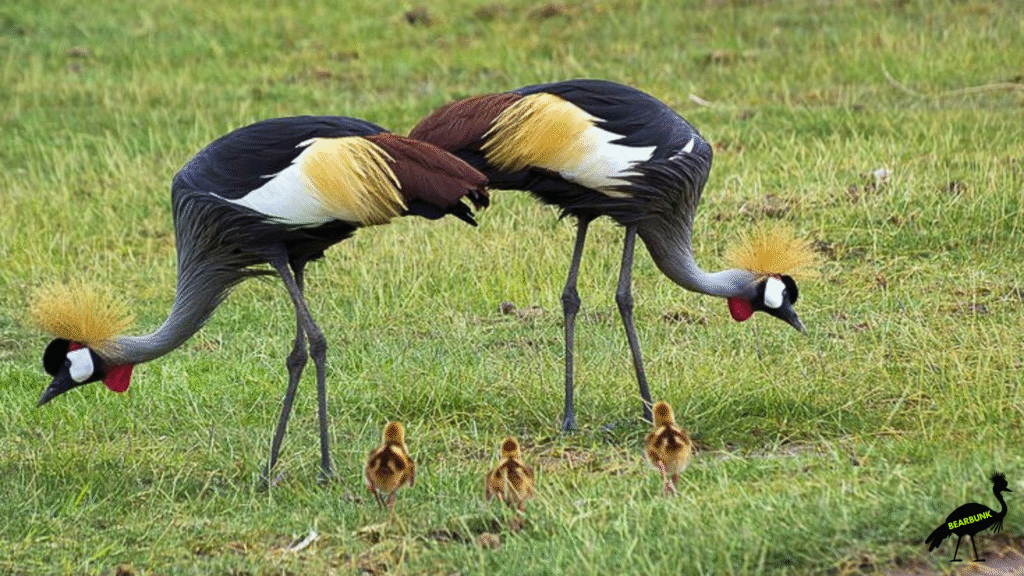
Conservation
Crowned Cranes are listed as Vulnerable, facing steady population declines. Their wetland habitats are often drained for farming, leaving fewer safe places to forage and nest. They are also targeted by the illegal pet trade, where chicks are stolen from nests to be sold. Conservation programs across Africa — especially in Uganda and Kenya — are working to protect wetlands and raise awareness about keeping these birds safe in the wild.
Fun Facts
- 👑 Royal Headwear — Both males and females wear the striking golden feather crown.
- 🌳 Tree Sleepers — Crowned cranes are unique among cranes because they roost in trees at night.
- 🦕 Ancient Birds — Fossil records show they are among the oldest crane species, dating back over 50 million years.
- 💃 Dance All Day — Even young cranes dance for fun, practicing leaps and bows before adulthood.
- 🪙 National Treasure — The Grey Crowned Crane is Uganda’s national bird, featured on the country’s flag and coat of arms.
About Crowned Cranes
Standing up to 3.5 feet tall and weighing around 7–8 pounds, crowned cranes are smaller than some crane relatives but no less impressive. They can live up to 25 years in the wild, and even longer in care. Their sharp eyesight and bold colors make them unforgettable to anyone lucky enough to see them in person.
Common Name: Crowned Crane
Scientific Name: Balearica regulorum (Grey Crowned Crane), Balearica pavonina (Black Crowned Crane)
Family: Gruidae (Crane family)
Height: ~3.5 feet (1.1 m)
Weight: 7–8 pounds (3–4 kg)
Lifespan: Up to 25 years in the wild; longer in care
Location: Sub-Saharan Africa (Grey Crowned: east & south; Black Crowned: west & central)
Habitat: Grasslands, wetlands, marshes; unique among cranes for roosting in trees
Diet: Omnivore — seeds, grasses, grains, insects, frogs, lizards, small fish
Conservation Status: Vulnerable (habitat loss and illegal pet trade are main threats)
Why We Love Them
Crowned Cranes are more than just beautiful birds — they’re symbols of peace, balance, and harmony across Africa. Their graceful dances, golden crowns, and unique ability to roost in trees make them unlike any other crane species.
Crowned Cranes remind us of the joy and elegance birds can bring into everyday life. We’ve never seen a Crowned Crane in person, but we’re lucky to share our property and neighborhood with Sandhill Cranes, close cousins that dance and leap just as gracefully. We see them throughout the neighborhood, and for years there’s been a pair that visits our yard regularly. They’ve raised many chicks, and we’ve been blessed to watch their little ones grow up season after season. There’s a pond nearby where they gather, and we love to hear their loud calls. Many times we’ve watched their dances, which are just as spectacular. They’re nearly as tall as I am (4’10”), they’ve been unforgettable and wonderful neighbors. Crowned Cranes may live across the world, but getting to know our local cranes helps us appreciate their African relatives even more.
Conclusion
From their shimmering crowns to their enchanting courtship displays, Crowned Cranes embody elegance and mystery. Whether seen soaring above wetlands or bowing in unison during a dance, they are truly one of Africa’s most captivating birds — and a wildlife wonder worth celebrating.
Watch the Video on YouTube:
Crowned Cranes Africa’s Dancing Birds with Golden Crowns
Learn more about:
Birds, Grasslands, Wetlands and Marshes, Wildlife Wonders, and African Wildlife
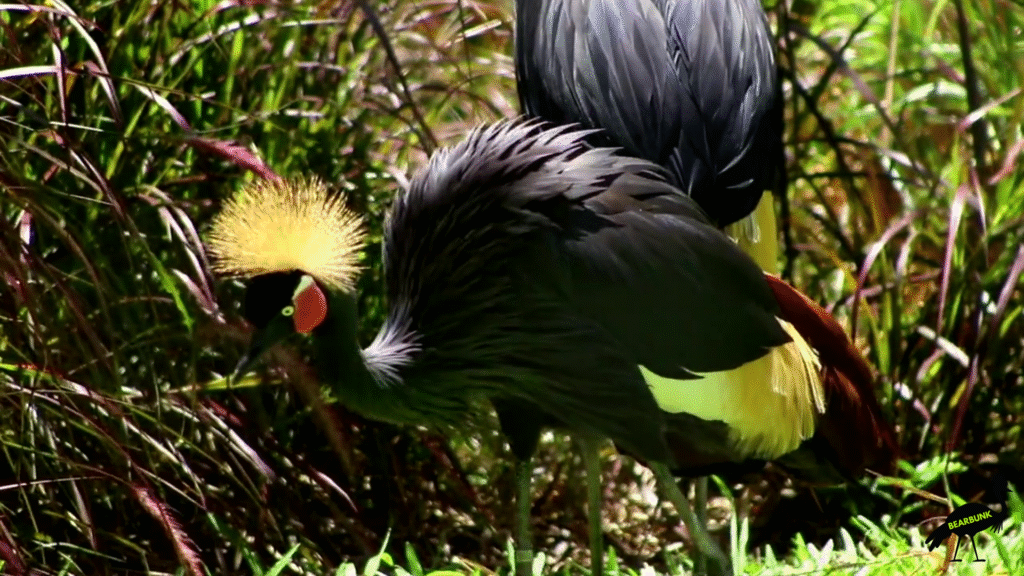
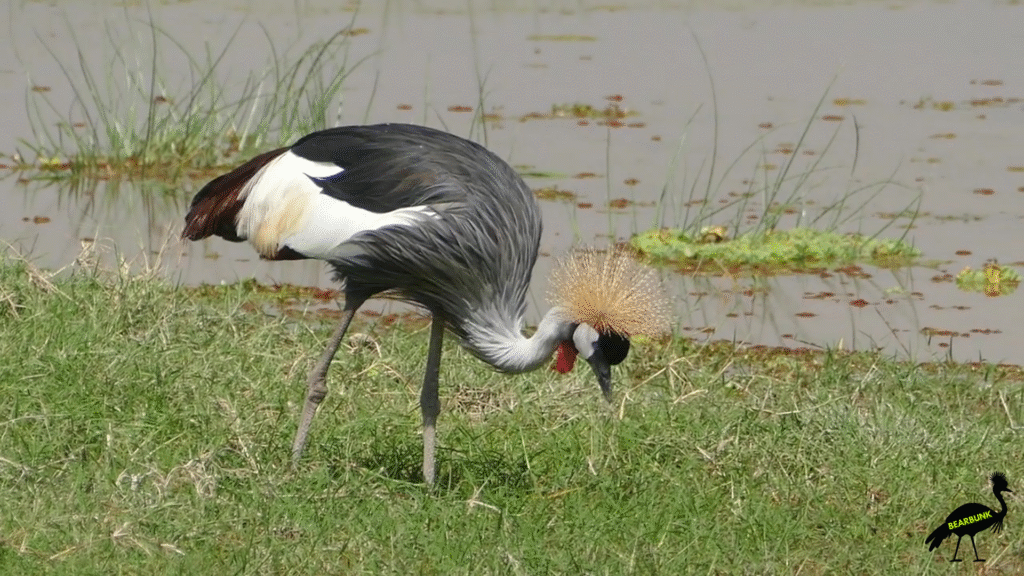
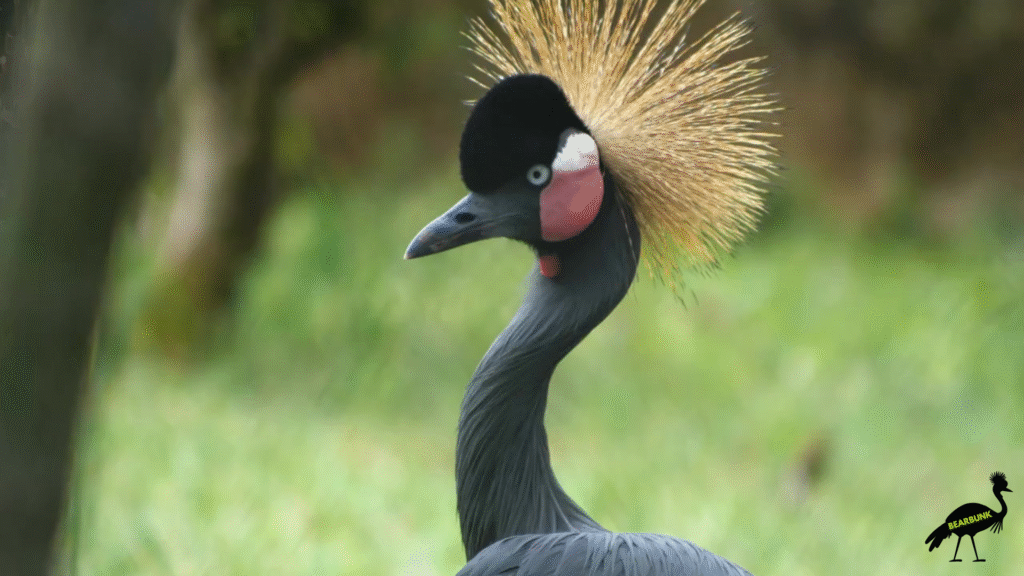
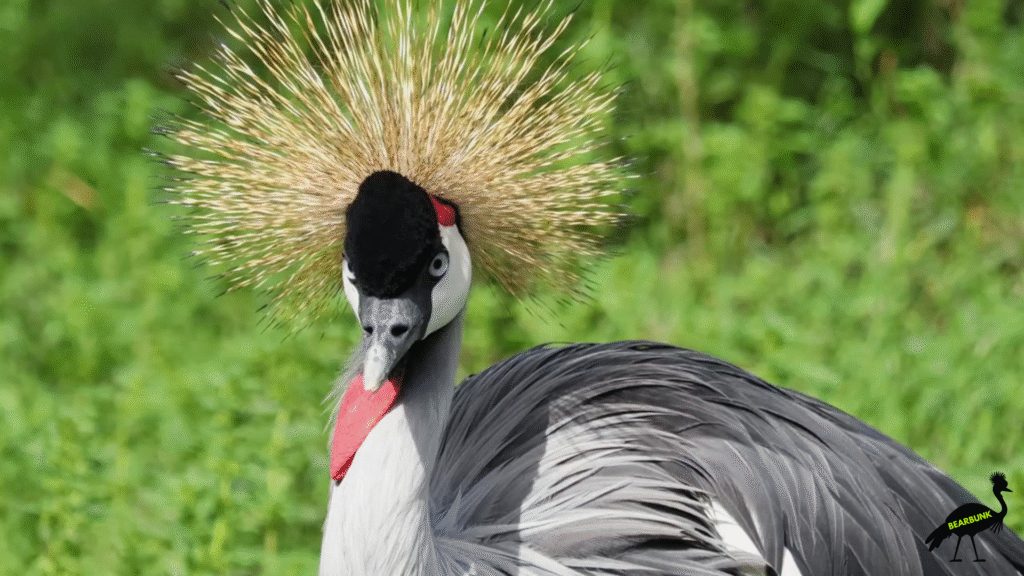
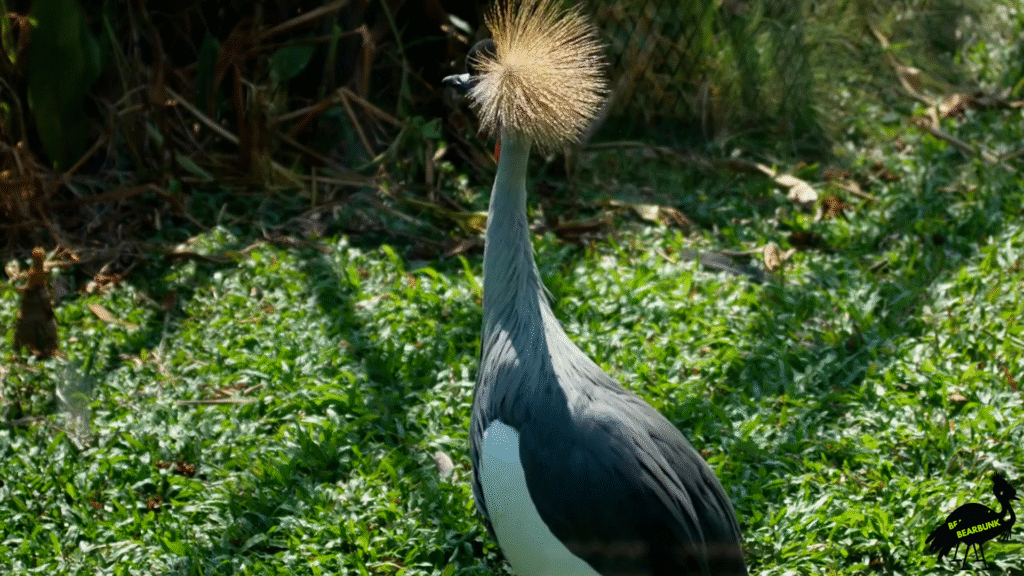
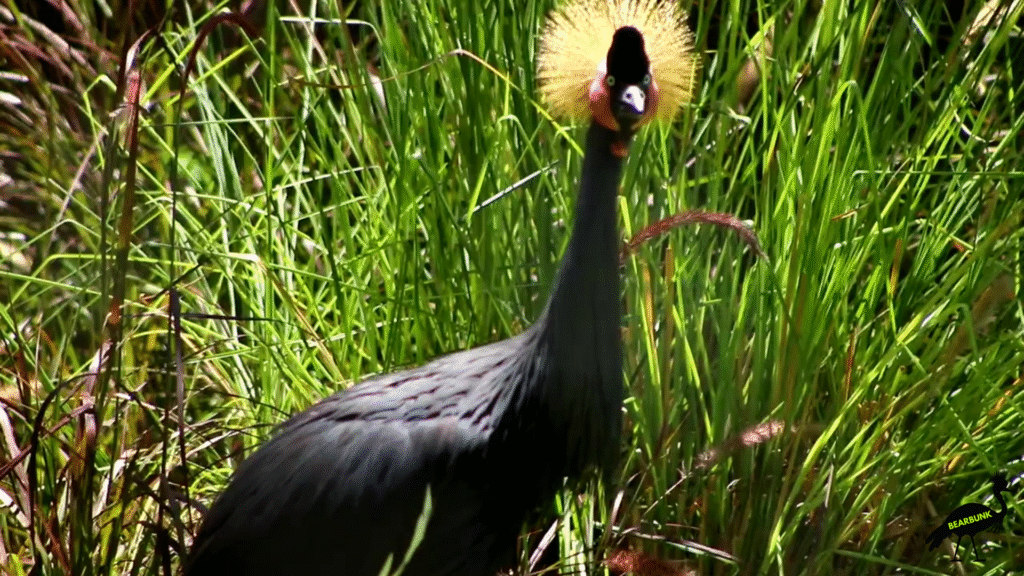
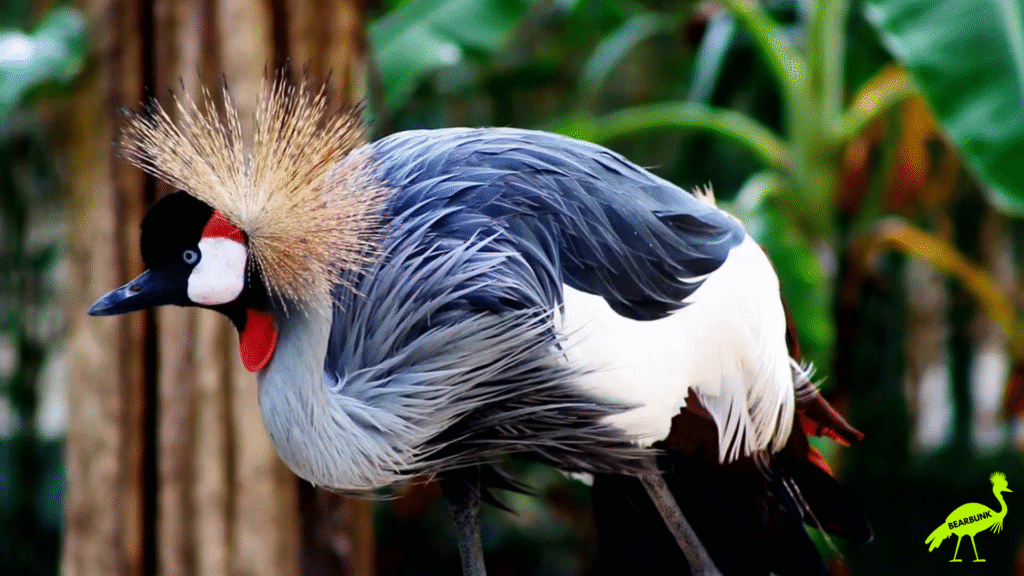
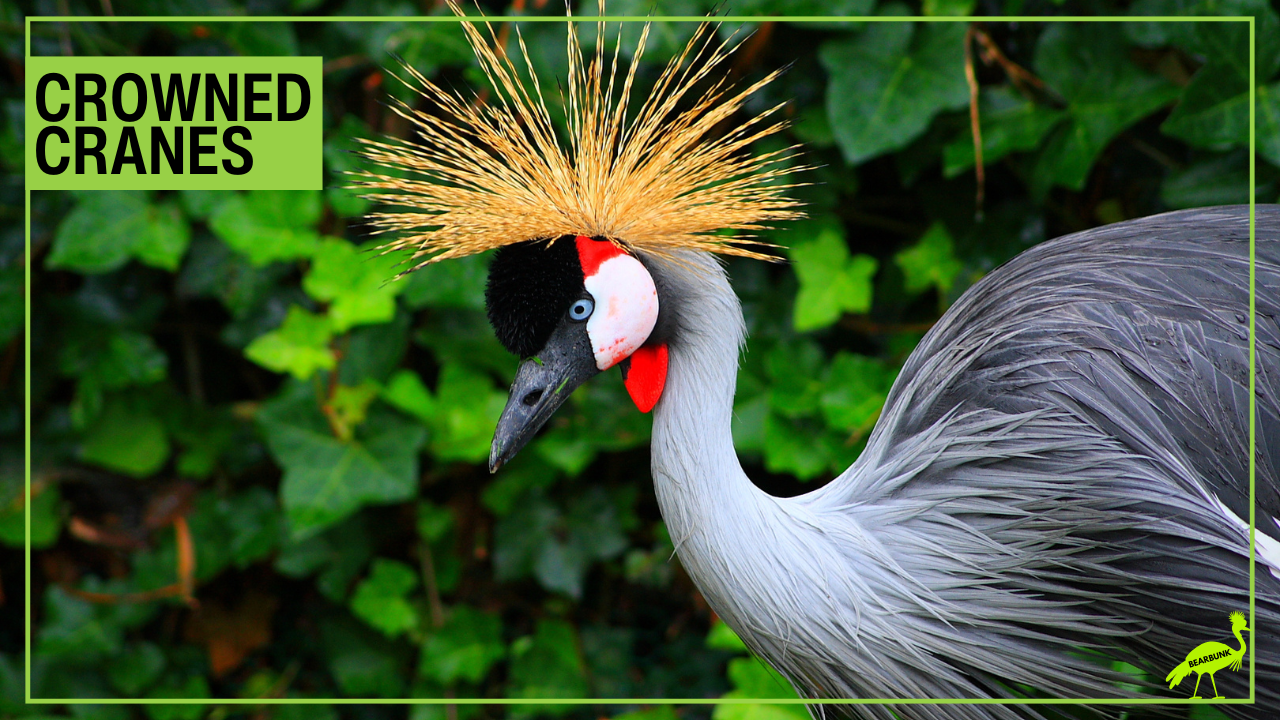





Leave a Reply